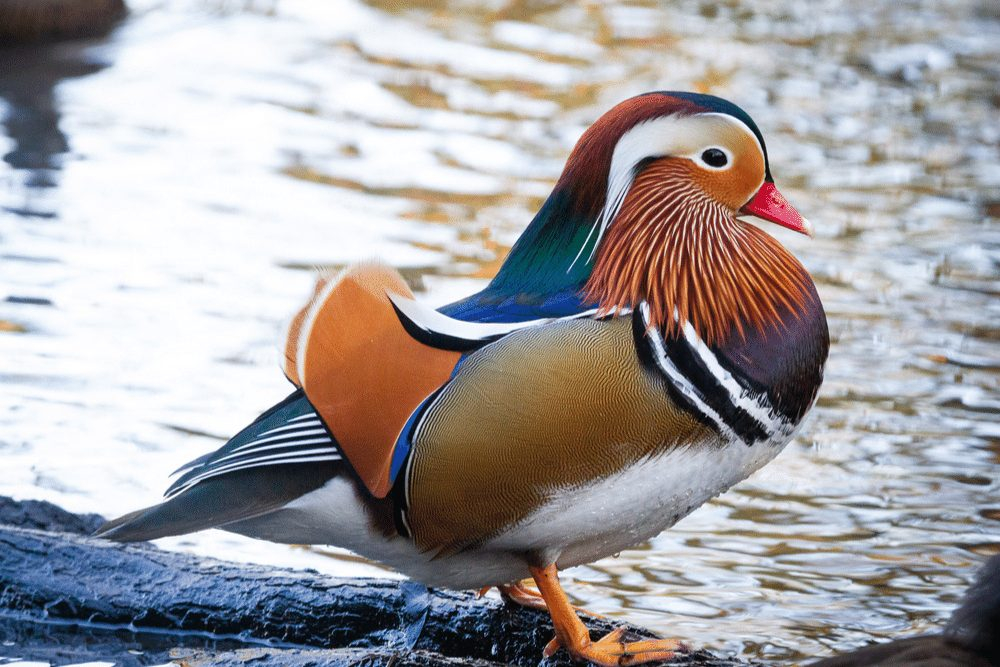There are many beautiful birds in the world, but among them, one holds a special place in the hearts of artists, photographers, and nature enthusiasts alike – the Mandarin duck. Renowned for its captivating beauty and symbolic significance, the Mandarin duck stands out as a true marvel of the avian kingdom. But what exactly makes this bird so special?
With its vibrant and intricate feathers reminiscent of a living work of art, the Mandarin duck commands attention wherever it goes. Originating from East Asia, these stunning birds have long been admired for their striking colors and intricate patterns. In Chinese tradition, the Mandarin duck symbolizes love and loyalty, further adding to its allure and mystique. Sporting a stunning array of blue, green, orange, and white hues, these ducks undergo a fascinating transformation post-breeding season. Afterward, males molt into a less flamboyant plumage, resembling the understated appearance of females, earning them the moniker “eclipse plumage.” But beyond its aesthetic appeal, the Mandarin duck possesses a fascinating array of behaviors and characteristics that set it apart from other avian species.
Physical Characteristics: Adult Mandarin ducks typically reach lengths of 21.0 to 24.5 cm (8.3 to 9.7 in.) and can weigh up to 0.63 kg (1.4 lbs.) for males and 1.08 kg (2.4 lbs.) for females. Males boast a greenish-black forehead, a purple crest near the back of the head, creamy white sides of the head, and maroon upper breast, while females are grayer with smaller crests and eye rings.
Habitat and Range: These magnificent birds inhabit temperate forests near wetlands, including rivers, streams, bogs, marshes, swamps, and freshwater lakes. They can be found in Korea, Eastern Russia, China, Taiwan, and Japan.
Behavior and Ecology: Mandarin ducks are highly social creatures, often seen flying in large flocks during winter. Their pair bonds are incredibly strong, with mates returning to each other year after year. Females initiate courtship by displaying enticing behavior to attract preferred males.
Diet and Reproduction: Their diet consists of seeds, acorns, small fruit, insects, snails, and small fish. Females typically lay 9 to 12 eggs and incubate them for 28 to 30 days, with fledglings leaving the nest after 6 to 8 weeks. Sexual maturity is reached at one year, and their lifespan ranges from 6 to 7 years.
Conservation Status: Despite their beauty, Mandarin ducks face threats such as habitat loss and degradation. The global population is estimated at around 65,000 individuals, with some populations decreasing. However, their unpalatable taste has spared them from being hunted for food, aiding in their survival.
Intriguing and mesmerizing, Mandarin ducks continue to fascinate and inspire people around the globe. From their stunning plumage to their strong pair bonds, these birds are a testament to the beauty and wonder of nature.
